24 April 2023
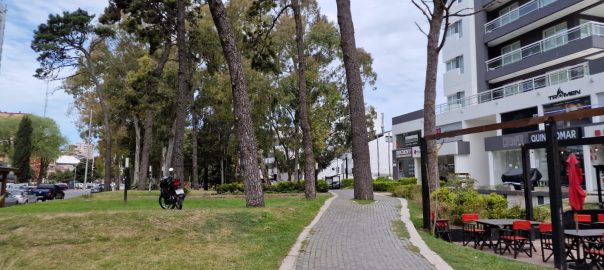
In Argentina, as a long weekend arrives many people living in the metropolitan area of Buenos Aires flee from the concrete and asphalt in search of Nature. There are many destination possibilities, but one that is undoubtedly a favorite is a garden city, 370 km south of Buenos Aires, which...
0 Comment(s)Join our Conversation
17 April 2023
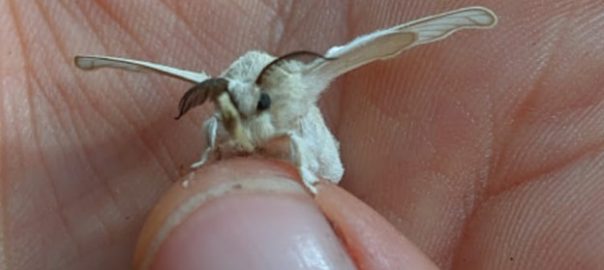
According to modernist philosophy, cities are “human only” spaces built by and for the exclusive use of homo sapiens ― clean, sterile, artifacts of human imagination that symbolize humanity’s separation from nature. Aside from cultivated garden plants and a handful of companion or work animals whose presence is tolerated, non-human...
0 Comment(s)Join our Conversation
11 April 2023
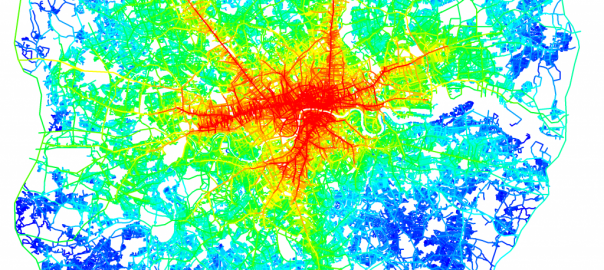
How economic flows and bottlenecks affect urban growth When we encounter a contradiction, it’s very likely that we are facing an unresolved “problem of organized complexity,” to paraphrase Jane Jacobs. Such is the situation with the crisis of urban home affordability and NIMBYism, where everyone agrees that the supply of...
0 Comment(s)Join our Conversation
3 April 2023

Over the last few months, the metaverse has captured the attention of many professionals, including urban planners. While some may fear a Spielberg-like scenario where we stop caring for our physical world, we can also think of the metaverse as a gateway to inclusion ― where most people could help...
0 Comment(s)Join our Conversation
27 March 2023
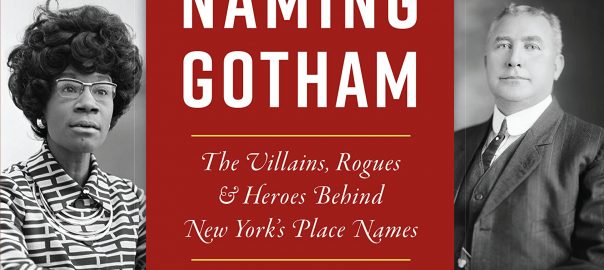
I spent the last few years working on and off on a book that I tentatively titled Who Was That Major Deegan Anyway? That title reflected the book’s origin story. My husband Allen and I used to get stuck in traffic on the Major Deegan every time we tried to...
2 Comment(s)Join our Conversation
18 March 2023
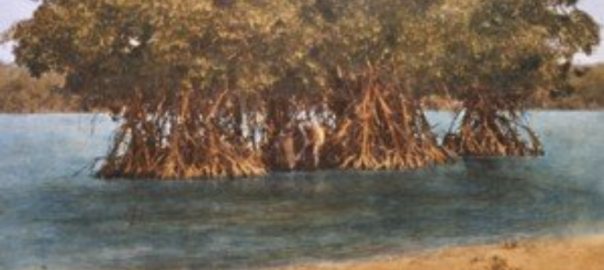
The Harrisons (Helen Mayer Harrison (1927-2018) and Newton Harrison (1932-2022)) are widely acknowledged as pioneers in bringing together art and ecology into a new form of practice. They worked for over fifty years with biologists, ecologists, architects, urban planners, and other artists to initiate collaborative dialogues. The works they made...
0 Comment(s)Join our Conversation
18 March 2023
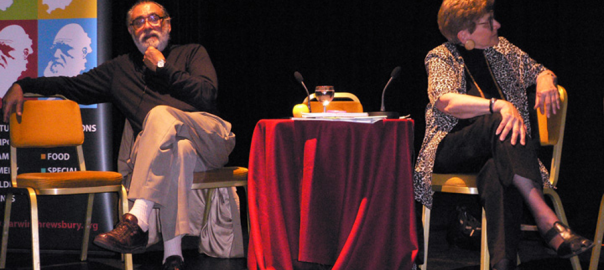
2 Comment(s)
Join our Conversation
13 March 2023
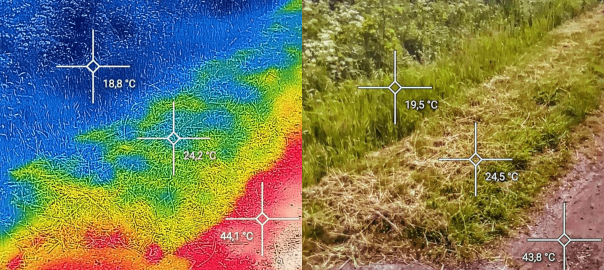
What connects all upper-middle-class houses, public institutions’ buildings, stadiums, and golf fields? A hint: it is aesthetic, it is high-maintenance, and it is a prime example of a single species use. The answer is ― the lawn. The history of lawns goes back to the late Middle Ages, and is,...
0 Comment(s)Join our Conversation
6 March 2023
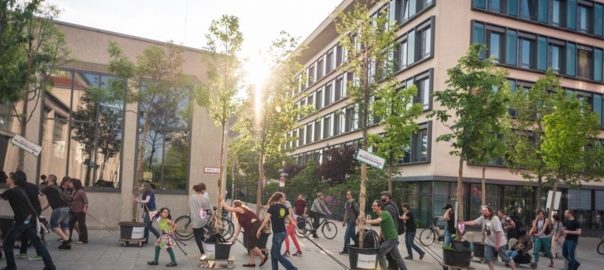
Due to urban densification processes and increasing confrontation with climate change, cities face the need to organize their public space in efficient and sustainable ways that take current needs as well as those of future generations into account. The Green Infrastructure (GI) concept is a widely used concept, introducing various...
0 Comment(s)Join our Conversation
27 February 2023
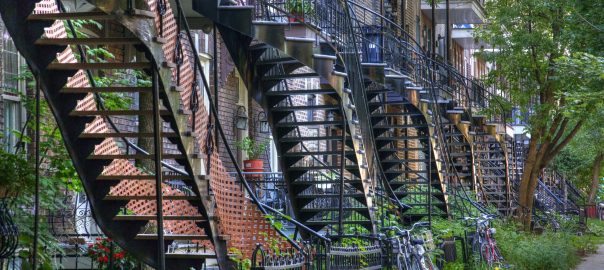
Urban building codes and design standards play a crucial role in how a city adapts to contemporary challenges, like climate change and urbanization. I live in Montréal where, like many cities in the world, building codes largely came into force on account of two big urban phenomena: fire and disease....
0 Comment(s)Join our Conversation
20 February 2023
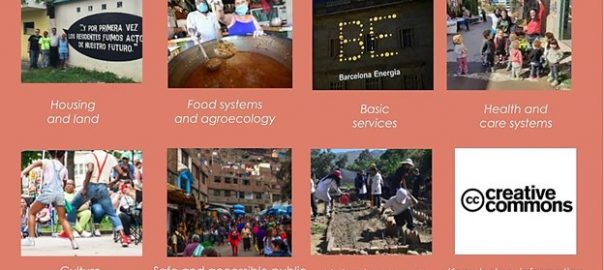
Playing games is a serious thing. Animals and humans learn how to relate with each other and with the world through games involving bodies and minds. Games provide a simplified way to understand complex issues, while at the same time broadening our perception of reality through multi-sensorial experiences. Playing...
0 Comment(s)Join our Conversation
13 February 2023
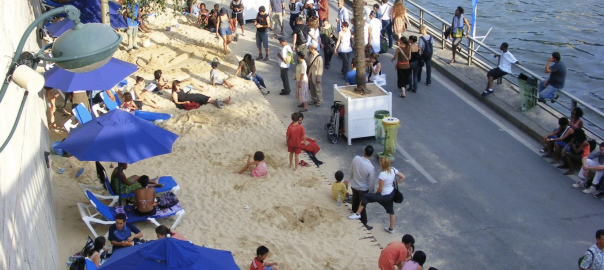
Sometimes — for a day, a week, or a month — Paris turns into the very kingdom of walkers. That is, during transit strikes, when subway trains and buses stop running. Millions of walkers flood the streets, as the Métro and bus network release the load of crowded bodies it...
1 Comment(s)Join our Conversation
6 February 2023
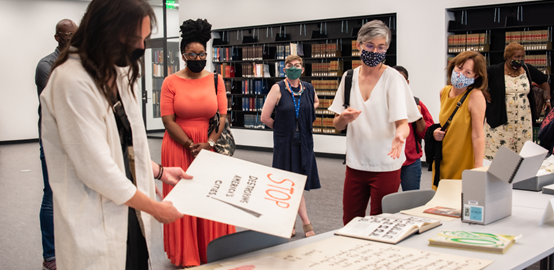
As part of The Nature of Cities Festival, on 29 March 2022, a team of practitioners and researchers at NeighborSpace, Borderless, and the USDA Forest Service – Northern Research Station organized a seed session, entitled “Caring in Public,” to explore the building blocks of social infrastructure with a group of...
0 Comment(s)Join our Conversation
6 February 2023

A team of practitioners and researchers at the Central Park Conservancy Institute for Urban Parks, NeighborSpace, Borderless, and USDA Forest Service – Northern Research Station met from September to November 2021 to discuss research on social infrastructure and urban green spaces, with the goal of translating academic literature into practical...
0 Comment(s)Join our Conversation
30 January 2023
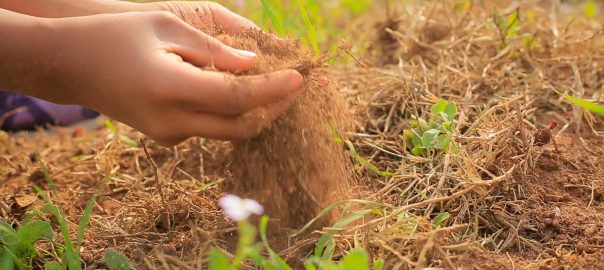
Formigas-de-embaúba carries out environmental education programs to plant native mini-forests in public schools together with school communities. If you asked someone if they could imagine growing a forest from scratch, they would most likely say no. If you then asked them if they could grow a mini-forest of 500 m²...
0 Comment(s)Join our Conversation
23 January 2023
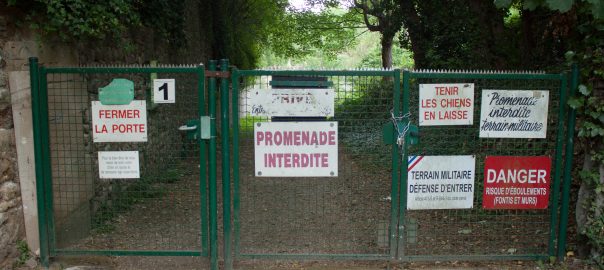
Urban green spaces often become entangled in notions of heritage. Multiple factors explain this convergence, from the historical origins of so many major urban green spaces, to the range of values (cultural, spiritual, etc.) that are tied to these places (see Feng & Tan, 2017; Forrest & Konijnendijk, 2005) and...
0 Comment(s)Join our Conversation
16 January 2023
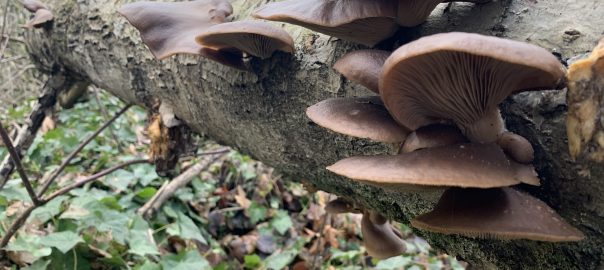
Fungi, that bizarre kingdom that includes yeasts and mushrooms, can be partnered with for healthier outcomes in urban natural areas and landscapes. Fungi, which are not plants and are more related to animals, are masters of chemistry. Enzymes created by fungi have been found to digest cigarette butts, DDT, and...
2 Comment(s)Join our Conversation
8 January 2023
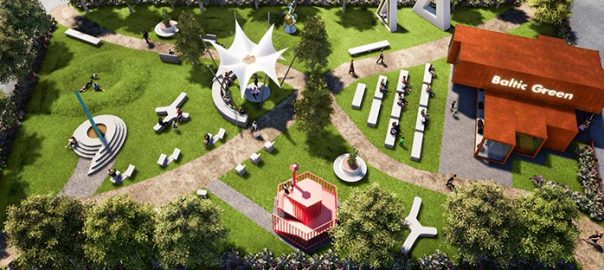
“This is a crucial and much-neglected topic. If children are not designed into our cities, they are designed out. This means that they are deprived of contact with the material world, with nature, with civic life and with their own capacities.” George Monbiot (Arup, 2020, 15) 1 Where do children belong...
0 Comment(s)Join our Conversation
5 January 2023
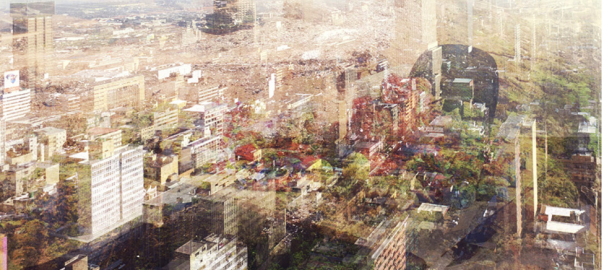
Cities should be collaborative creations, no? Various professions, ways of knowing, modes of action, governments, and the people that live there, work together (we hope) to build their city from their shared and often contested values. And we need to find greener routes to built cities for them to be...
0 Comment(s)Join our Conversation
2 January 2023
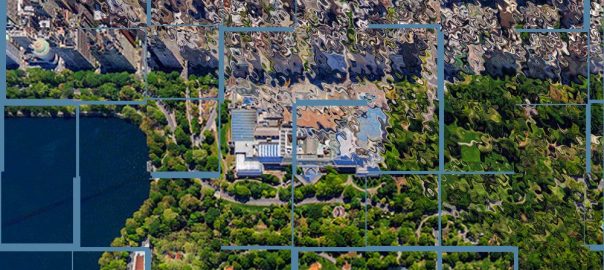
The Nature of Cities was launched 10 years ago, in June 2012. I believe it has been a success, with over four million reads and around 1,000 contributors. I believe it has been valuable in framing and propelling dialogue in its promotion of collaboration and transdisciplinarity that are essential to...
0 Comment(s)Join our Conversation


